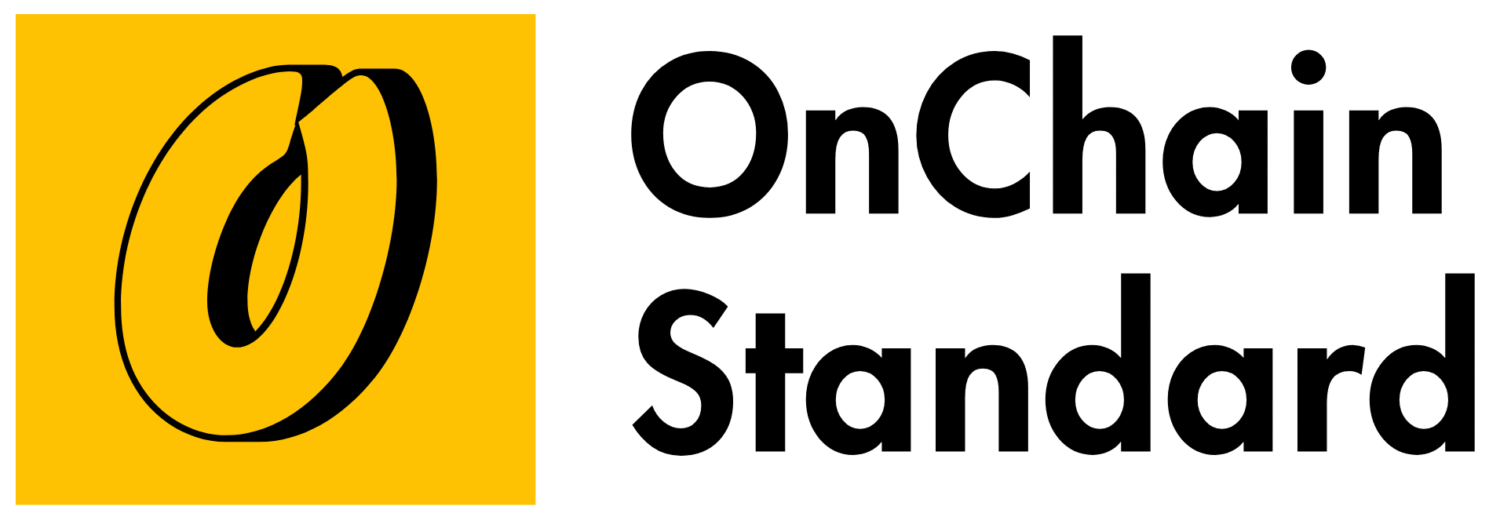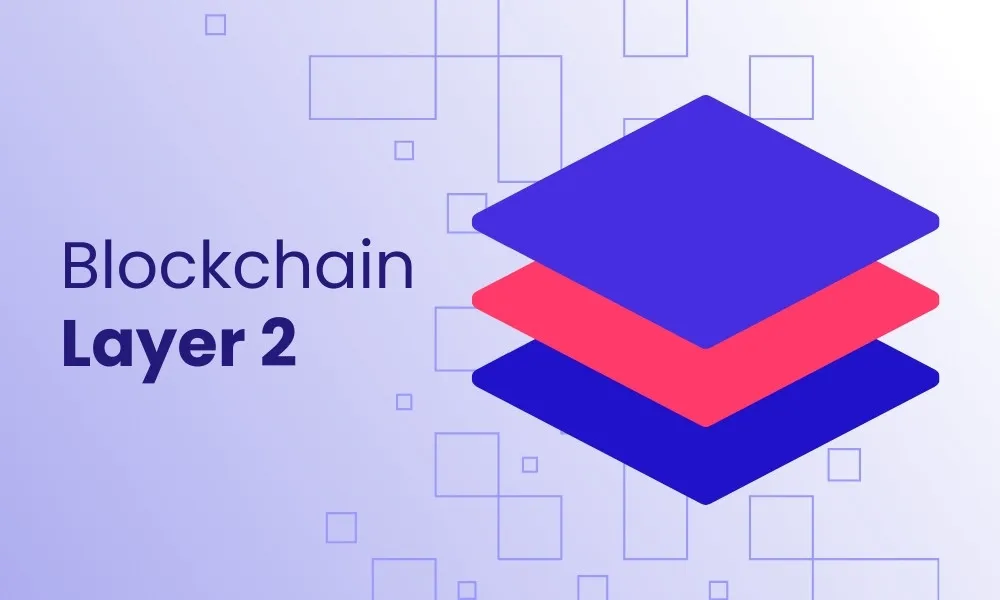What Is Onchain Analysis? How to Read Blockchain Data for Smarter Investments in 2025
Introduction
In the $3 trillion cryptocurrency market of 2025, onchain analysis has become a vital tool for investors seeking to make informed decisions. Unlike traditional market analysis, onchain analysis leverages transparent blockchain data—such as wallet activity, transaction volumes, and token supply metrics—to uncover insights about market trends, whale behavior, and project health. With scams costing $3.7 billion in 2024, understanding blockchain data helps investors avoid risks and capitalize on opportunities. This educational guide explains what onchain analysis is, key metrics to track, tools to use, and practical strategies for smarter investments in 2025.
What Is Onchain Analysis?
Onchain analysis involves examining data recorded on a blockchain to assess a cryptocurrency’s performance, adoption, and risks. Since blockchains like Bitcoin, Ethereum, and Solana are public ledgers, every transaction, wallet balance, and smart contract interaction is transparent and verifiable. Onchain analysis uses this data to evaluate:
-
Network Activity: Transaction volumes, active addresses, and fees indicating usage.
-
Token Economics: Supply dynamics, staking activity, and liquidity.
-
Investor Behavior: Whale movements, holder distribution, and accumulation trends.
Why It Matters: Onchain data provides objective insights, unlike speculative price charts or social media hype. For example, a surge in Ethereum active addresses in 2024 preceded a 20% price rally, signaling growing adoption.
Key Onchain Metrics for Investors
Understanding these metrics helps assess a project’s health and market potential:
-
Transaction Volume and Value:
-
Measures the total value and number of transactions on a blockchain (e.g., $10 billion daily on Ethereum).
-
Insight: High volume indicates strong network usage, while low volume may signal declining interest.
-
Example: Solana’s 65,000 transactions per second (TPS) in 2025 supports its $10 billion DeFi TVL.
-
-
Active Addresses:
-
Counts unique wallets interacting with a blockchain daily or weekly.
-
Insight: Rising active addresses suggest growing adoption; stagnation may warn of fading interest.
-
Example: Cardano’s 1 million active addresses in Q1 2025 reflected strong community engagement.
-
-
Holder Distribution:
-
Tracks how tokens are distributed across wallets (e.g., top 10 wallets holding 40% of supply).
-
Insight: High concentration (e.g., >30% in one wallet) risks price manipulation or dumps.
-
Example: A 2024 SHIB whale holding 250 billion tokens ($6 million) triggered a 10% price drop upon selling.
-
-
Exchange Inflows/Outflows:
-
Monitors crypto moving to/from exchanges (e.g., $5 million BTC to Binance).
-
Insight: Inflows often signal selling pressure; outflows to cold wallets suggest long-term holding.
-
Example: A $10 million ETH outflow to a cold wallet in 2024 preceded a 15% price rally.
-
-
Staking Activity:
-
Tracks tokens locked in proof-of-stake (PoS) protocols (e.g., $500 billion staked across PoS chains in 2025).
-
Insight: High staking ratios indicate confidence and reduced selling pressure.
-
Example: Ethereum’s 20% staked supply (26 million ETH, $91 billion) supports price stability.
-
-
Liquidity Pool Metrics:
-
Assesses DeFi liquidity pools (e.g., Uniswap’s $5 billion TVL) for locked tokens and trading volume.
-
Insight: Locked liquidity signals project commitment; low liquidity raises rug pull risks.
-
Example: A 2024 rug pull drained $50 million from an unlocked BNB Chain pool.
-
-
Smart Contract Interactions:
-
Tracks interactions with DeFi or NFT contracts (e.g., AAVE lending, OpenSea trades).
-
Insight: High activity indicates ecosystem growth; declining interactions may signal fading utility.
-
Example: Solana’s NFT marketplaces saw $2 billion in volume in 2025, reflecting strong demand.
-
-
Network Fees (Gas):
-
Measures transaction costs (e.g., Ethereum’s average $2–$5 gas fees in 2025).
-
Insight: High fees indicate network demand; low fees may suggest reduced activity or scaling solutions.
-
Example: Ethereum’s low fees post-Fusaka Upgrade (2025) boosted DeFi usage.
-
Top Tools for Onchain Analysis
These platforms provide real-time blockchain data for actionable insights:
-
Nansen:
-
Overview: Tracks wallet behavior, Smart Money (profitable wallets), and DeFi trends across Ethereum, Solana, and more.
-
Features: Wallet labeling, token flow analysis, real-time alerts via Telegram/Discord. Free tier; premium plans from $99/month.
-
Best For: Advanced traders analyzing whale activity and DeFi.
-
Example: Identifies a Smart Money wallet buying 10,000 SOL ($1.5 million), signaling a bullish trend.
-
-
Arkham Intelligence:
-
Overview: Labels whale wallets (e.g., MicroStrategy, Vitalik Buterin) and tracks transactions across 20+ blockchains.
-
Features: Custom dashboards, historical wallet performance. Free tier; paid plans from $50/month.
-
Best For: Forensic analysis of whale strategies.
-
Example: Tracks a $5 million ETH transfer to AAVE, indicating DeFi investment.
-
-
Etherscan/Solscan/BscScan:
-
Overview: Blockchain explorers for Ethereum, Solana, and BNB Chain, showing wallet balances, transactions, and token distributions.
-
Features: Free, public access to transaction histories and smart contract data.
-
Best For: Manual wallet and contract analysis.
-
Example: Monitors a wallet holding 1% of UNI’s supply for large transfers.
-
-
Glassnode:
-
Overview: Provides onchain metrics like exchange flows, HODL waves, and staking ratios for Bitcoin and Ethereum.
-
Features: Advanced charts, API access. Free tier; premium plans from $29/month.
-
Best For: Investors seeking historical trends and network health.
-
Example: Shows Bitcoin’s HODL waves, indicating long-term holder accumulation.
-
-
Dune Analytics:
-
Overview: Offers customizable dashboards for DeFi and NFT data across Ethereum and Layer-2s.
-
Features: SQL-based queries, community-driven dashboards. Free for basic use; Pro plans from $399/month.
-
Best For: DeFi analysts creating custom metrics.
-
Example: Tracks Uniswap’s $5 billion TVL to assess liquidity trends.
-
-
DexCheck:
-
Overview: Focuses on DeFi whale trades and liquidity pool activity on Uniswap, PancakeSwap, and others.
-
Features: Real-time trade alerts, top trader tracking. Free tier; Pro requires DCK token.
-
Best For: DeFi traders monitoring decentralized exchanges.
-
Example: Flags a $2 million SOL buy on Raydium, signaling whale interest.
-
-
Token Sniffer:
-
Overview: Analyzes smart contracts for scams, liquidity locks, and holder distribution across EVM chains.
-
Features: Safety scores (0–100), free access, integrated with Solidus Labs’ AML tools.
-
Best For: Vetting new tokens for risks.
-
Example: Flags a token with 50% supply in one wallet, indicating rug pull risk.
-
How to Read Blockchain Data for Investments
Follow these steps to leverage onchain analysis for smarter decisions:
1. Identify Key Wallets
-
Use Explorers: Search Etherscan or Solscan for wallets holding >1% of a token’s supply or large balances (e.g., 1,000 BTC, $80 million).
-
Track Smart Money: Use Nansen or Arkham to monitor wallets with high returns (e.g., 5x on DeFi trades).
-
Example: A wallet holding 10,000 ETH ($35 million) on Etherscan is flagged as a whale for monitoring.
2. Monitor Transaction Flows
-
Exchange Inflows/Outflows: Use Glassnode or Whale Alert for transfers to/from exchanges. Inflows (e.g., $5 million BTC to Binance) suggest selling; outflows indicate holding.
-
DeFi Activity: Track large trades on Uniswap or AAVE via DexCheck or Dune Analytics.
-
Example: A $10 million ETH outflow to a cold wallet on Arkham signals bullish long-term holding.
3. Analyze Token Distribution
-
Check Holder Concentration: Use Token Sniffer or Etherscan to ensure no single wallet holds >30% of supply, reducing manipulation risks.
-
Liquidity Locks: Verify locked liquidity (e.g., via UNCX) for 6–12 months to avoid rug pulls.
-
Example: A new token with 40% supply in one wallet, flagged by Token Sniffer, is avoided due to dump risk.
4. Assess Network Health
-
Active Addresses and Volume: Use Glassnode to track rising addresses (e.g., Solana’s 2 million daily addresses) for adoption signals.
-
Staking Metrics: Monitor staking ratios on StakingRewards.com (e.g., Ethereum’s 20% staked supply) for confidence indicators.
-
Example: Cardano’s 4% APY and 1 million active addresses in 2025 confirm network strength.
5. Combine with Market Context
-
Cross-Reference Tools: Pair onchain data with CoinGecko for price trends and Token Sniffer for scam checks.
-
Technical Analysis: Use TradingView for RSI or MACD to confirm whale signals (e.g., RSI > 70 after a whale buy indicates overbought).
-
Example: A $2 million SOL buy on DexCheck, paired with a 10% price surge on CoinGecko, prompts a buy decision.
Practical Examples
-
Bitcoin Whale Accumulation
-
Scenario: Identify bullish signals for BTC.
-
Tool: Glassnode.
-
Data: Tracks 1,000 BTC ($80 million) moving to cold wallets, with HODL waves showing 60% of BTC unmoved for 1+ year.
-
Action: Buy 0.05 BTC at $80,000, anticipating a rally based on accumulation.
-
-
Ethereum DeFi Surge
-
Scenario: Monitor ETH whale activity in DeFi.
-
Tool: Nansen.
-
Data: A Smart Money wallet buys 5,000 ETH ($17.5 million) and deposits into AAVE.
-
Action: Invest $1,000 in AAVE, expecting increased protocol activity.
-
-
Solana Token Vetting
-
Scenario: Assess a new Solana token for investment.
-
Tool: Token Sniffer, Solscan.
-
Data: Token Sniffer scores the token 45/100 due to 50% supply in one wallet; Solscan shows low transaction volume.
-
Action: Avoid investment due to high concentration and scam risk.
-
-
Uniswap Liquidity Spike
-
Scenario: Track UNI liquidity for trading opportunities.
-
Tool: Dune Analytics.
-
Data: A dashboard shows $100 million added to UNI/USDC pools, with 10,000 daily active addresses.
-
Action: Buy 100 UNI ($800) to capitalize on increased liquidity and DeFi activity.
-
Tips for Effective Onchain Analysis
-
Focus on High-Impact Metrics: Prioritize transaction volume, active addresses, and exchange flows for clear signals.
-
Use Multiple Tools: Combine Nansen for whale tracking, Etherscan for wallet details, and Glassnode for network trends.
-
Verify with Fundamentals: Cross-check onchain data with CoinGecko’s market cap and Token Sniffer’s scam alerts.
-
Monitor Regularly: Set alerts via Cryptocurrency Alerting for whale transfers or volume spikes to stay proactive.
-
Avoid Over-Reliance: Onchain data doesn’t predict prices; pair with technical and market sentiment analysis.
-
Stay Secure: Use 2FA (e.g., YubiKey) on analytics platforms and avoid sharing wallet details on public forums like Telegram.
Challenges and Considerations
-
Data Complexity: Interpreting metrics like HODL waves or gas fees requires learning, challenging for beginners.
-
False Signals: Whale transfers (e.g., internal exchange moves) may not impact prices. Verify with Etherscan.
-
Cost of Tools: Premium plans (e.g., Nansen’s $99/month, Dune’s $399/month) may be expensive for small investors.
-
Manipulation Risks: Whales can fake buys/sells to trap traders, as seen in 2024’s $200 million meme coin pumps.
-
Blockchain Limitations: Solana and non-EVM chains require specific tools (e.g., Solscan), complicating multi-chain analysis.
-
Volatility: Onchain signals don’t guarantee profits in a market with 20–50% price swings.
Conclusion
Onchain analysis empowers investors to make smarter decisions in 2025’s $3 trillion crypto market by leveraging transparent blockchain data. Metrics like transaction volume, active addresses, and whale activity, accessed via tools like Nansen, Etherscan, and Glassnode, reveal network health and market trends. By combining onchain insights with fundamental and technical analysis, investors can identify opportunities, avoid scams, and manage risks. With careful application and secure practices, onchain analysis is a powerful tool to navigate the dynamic and volatile crypto landscape for informed investing.




